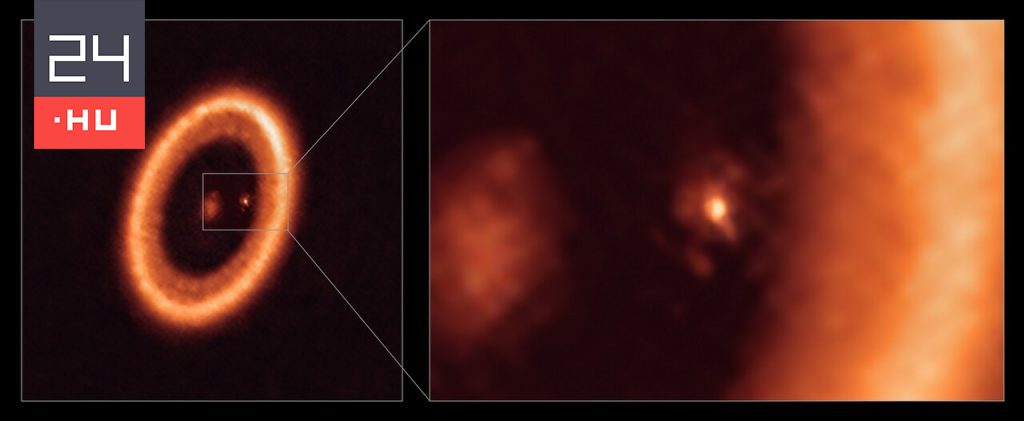Astronomers first observed a moon-forming region around an exoplanet — a Jupiter-like world surrounded by a mass of gas and dust large enough to form three moons like an orbiting planet, MTI wrote.
The researchers observed a disk of accretion material coiled from the ALMA observatory in the Atacama Desert in Chile around a newborn planet orbiting a young star. A star called PDS 70 is relatively close to Earth, about 370 light-years away.
Moons are born from the so-called planetary disk. Although thousands of exoplanets have been discovered, no moon formation outside the solar system has been observed so far. The researchers say this discovery will contribute to a better understanding of the formation of planets and moons.
Myriam BenestiAn astronomer at the University of Grenoble, lead author of a study published in Astrophysical Journal Letters on Thursday, hailed the observation as a long-awaited extraordinary discovery that could help validate the theory of planetary formation, and monitor the birth of planets. and their moons.
The orange PDS 70 star weighs roughly the size of the Sun and can be about five million years old. The envisioned exoplanets are younger.
One of the planets, PDS 70c, formed a disk to form the Moon. Researchers had previously found evidence of a disk around the planet, but current observation confirmed this.
Stefano FacciniAccording to the study author, both planets are still young, in a dynamic phase when they form their atmospheres. PDS 70c orbits its star 33 times greater than the distance between the Earth and the Sun.
According to Benesti, it is possible that there are other, as yet undiscovered, planets in the system.












































